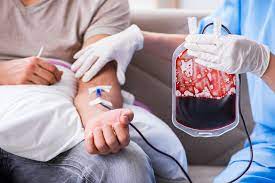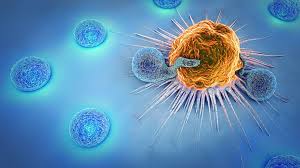In a groundbreaking move, thousands of people globally with an inherited iron disorder, hemochromatosis, who have had their blood discarded after removal for medical treatment, may now play a key role in saving lives. Australian research has shown that this blood can be used in blood banks, providing a vital supply in times of critical shortage.
Hemochromatosis is a genetic disorder where excess iron is stored in the body, potentially leading to joint and organ damage, and in severe cases, cancer. The primary treatment involves regularly removing about half a liter of blood every 12 weeks to reduce iron levels. In most countries, this blood is discarded, but Australian Red Cross Lifeblood has become the first in the world to allow these individuals to donate both blood and plasma, helping address the global shortage of these life-saving resources.
New research published in Transfusion by Lifeblood researchers has now urged global blood services to follow suit. The research surveyed more than 4,000 Australians with hemochromatosis and revealed that many patients were unaware their blood could save lives. By treating hemochromatosis patients as “donors” rather than “patients,” the researchers believe more individuals would be inclined to donate, significantly boosting blood supplies.
In Australia, 15,000 people with hemochromatosis donate annually, making up 2.5% of the country’s donor panel. This group has already contributed more than 37,000 donations each year, with over 1,000 plasma donations made since plasma donation eligibility was introduced in 2022. As plasma donations are in extremely high demand worldwide, this move could have a significant impact on saving lives.
Dr. Rachel Thorpe, the lead researcher, highlighted that “over 80% of donations from people with this condition can be used in Australia, yet 40% of survey respondents didn’t know their blood could save lives.” Lifeblood’s initiative not only enables this group to contribute life-saving resources but also offers a dedicated app to help manage donations, making the process more accessible.
Lifeblood’s call to international blood services is to adopt similar measures and educate people living with hemochromatosis, encouraging them to donate not only blood but also plasma. This could help meet the growing demand for plasma worldwide.
Disclaimer: While the research suggests that blood from hemochromatosis patients can be used safely in some regions, different countries have varying regulations and eligibility criteria for blood donation. Individuals should consult their healthcare provider or local blood service for advice specific to their condition and location.












